One of my three companions offered this question excitedly. We stood halfway down a forested gorge several hundred feet deep, and directly ahead was a series of ice- and snow-covered switchbacks treacherously leading to the bottom. At the bottom was the fulfillment of a promise I made to myself eight years earlier when I first visited Ricketts Glen State Park, Pa. – to stand at the foot of something like an ice god, a frozen 94-foot high Ganoga Falls.
First, though, before the glory, we had to get safely down.
We dropped packs. I jammed my feet into a pair of snowshoes ringed with untested crampons of steel teeth. Seriously. I’ve taken these snowshoes on several trips but never where the crampon was vital for travel over ice. Ganoga Gorge was a heck of a place to give them an initial test. One slip could crunch bones. Or worse.
Nervously returning the backpack to my shoulders, I began to follow my compadres, whom I had met only an hour before. This January day hike was part of a Tweetup, when likeminded outdoor Twitter users meet to at a specified location. We agreed to hike together into Ricketts Glen, where a pair of twin gorges cut into Red Rock Mountain, creating nearly two dozen cascades.
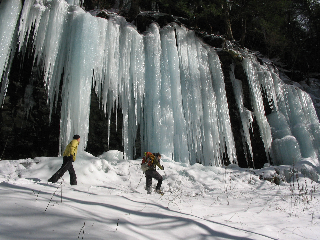
The situation demanded instant trust. But the only way to experience the great promise of Ricketts Glen fully blanketed by snow and ice was to pierce the frozen trail with my snowshoes and trust that my new friends weren’t unnecessary risk takers.
We were hiking where – I’m going to be blunt about this – you won’t find a better day hiking experience in the Northeast. That’s right. Heck, it might even be the entire United States. Not in New Hampshire’s White Mountains. Not slot canyons in southern Utah. Ricketts Glen is here in good ol’ Pennsylvania.
Ricketts Glen – off PA Route 116 between Williamsport and Wilkes Barre – has the “Wow!” factor. If you take a seven-mile hike on trails that when linked together look on a map like a martini glass, you encounter 22 significant waterfalls, about three per mile. Most are between 30 and 40 feet high with the tallest, Ganoga, tumbling 94 feet. The trails take you up to, into and sometimes behind the cascades.
And that’s what makes Ricketts Glen so appealing to people who chase ice falls. As I anxiously stepped onto the trail to descend the Ganoga canyon, taking my time to be sure the snowshoes firmly caught the ice, I caught glimpses through bare oaks and small-needled conifers of a colossal, unmoving, white curtain. The site induced adrenaline. You wanted to stand before it, to take its picture and tell your friends and family back home, “Check this out.” But you had to keep things in control. You wanted to quickly descend but make it there safely.
Finally at the bottom, the ice was more impressive than previously imagined. We stood atop the frozen plunge pool dwarfed by an amphitheater of ice, shale and forest. Ganoga still flowed, we could hear it lapping against the ice, but it flowed behind piles of ice as large as houses. Off the shale walls around the cascade hung curtains of slightly bluish ice, shaped like hundreds of battle spears.
“Just fantastic,” I said to my three companions, who eagerly ascended to the curtain of bluish ice to test out their axes and crampons for a little impromptu climbing.
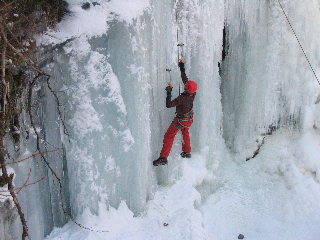
The story behind Ricketts Glen is as compelling as the ice falls are exquisite. Once slated to be a national park, federal funds dried up during the World War II years before the U.S. Department of Interior could take control of the area. Prior to that, the Glen was during the latter half of the 19th century the personal playground of Robert Bruce (R.B.) Ricketts, a Civil War veteran who rose from private to colonel. He then founded a massive timber and tourism business and set about constructing trails into the twin gorges of Ganoga and Glen Leigh so fishermen could access the stunning pools.
Today, the park covers 13,000 acres with some patches of virgin forest. Some trees have been standing for more than 500 years. Odd how the creation of something so naturally magnificent as waterfalls and virgin trees owes their continued existence to the benevolence of a timber baron.
I’ve seen the park in all manner of time and weather – white waterfalls adorned with the fresh green buds of a new spring or surrounded by the soft golden hues of autumn and even during a flash snowstorm that chased a porcupine up a tree above my head. But never in eight years of visiting have I seen the park in the throes of winter’s icy influence, the rivers and falls frozen still in undeniably attractive and exhilarating shapes. And each cascade seemed to burst out in more natural creativity than the previously one, as if Mother Nature and Old Man winter competed against one another for who could the best ice sculpture.
At the trailheads are informational kiosks begging would-be adventurers not to try the Falls Trail after November unless they are experienced ice climbers or equipped with crampons and nylon rope. Most Ricketts Glen hikers wouldn’t dare. A few would.
We moved on from Ganoga Falls to encounter one after another, ice falls covered with patches of snow. On the shale and sandstone walls, ice like bluish glass clung to the rock. The scenery lent itself to a feeling of being immersed in ice cathedrals.
And we weren’t alone. Along the way, we encountered a scattering of hikers, far less than one would see if you visited Ricketts Glen in July. And one team of ice climbers went about jamming ice tools and crampons into the blue ice, attempting to scramble to the top.
This trip was eight years in coming. I’ll be back in the fall when the water flows freely again, but I’ll also return when the cascades return to their cathedral-like wonder.
For more information on Ricketts Glen State Park in Pennsylvania, visit http://bit.ly/gRLRnj.
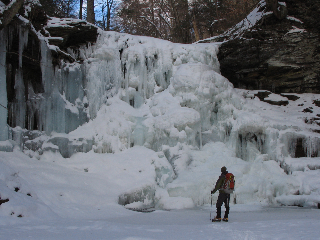

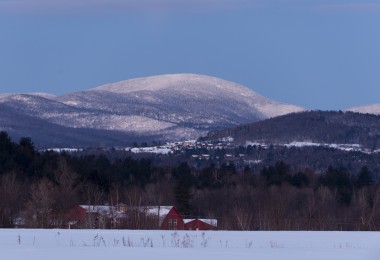
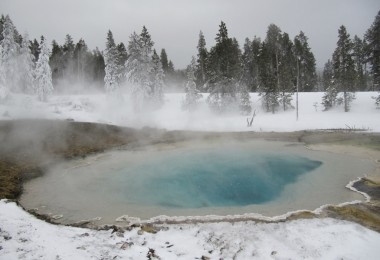
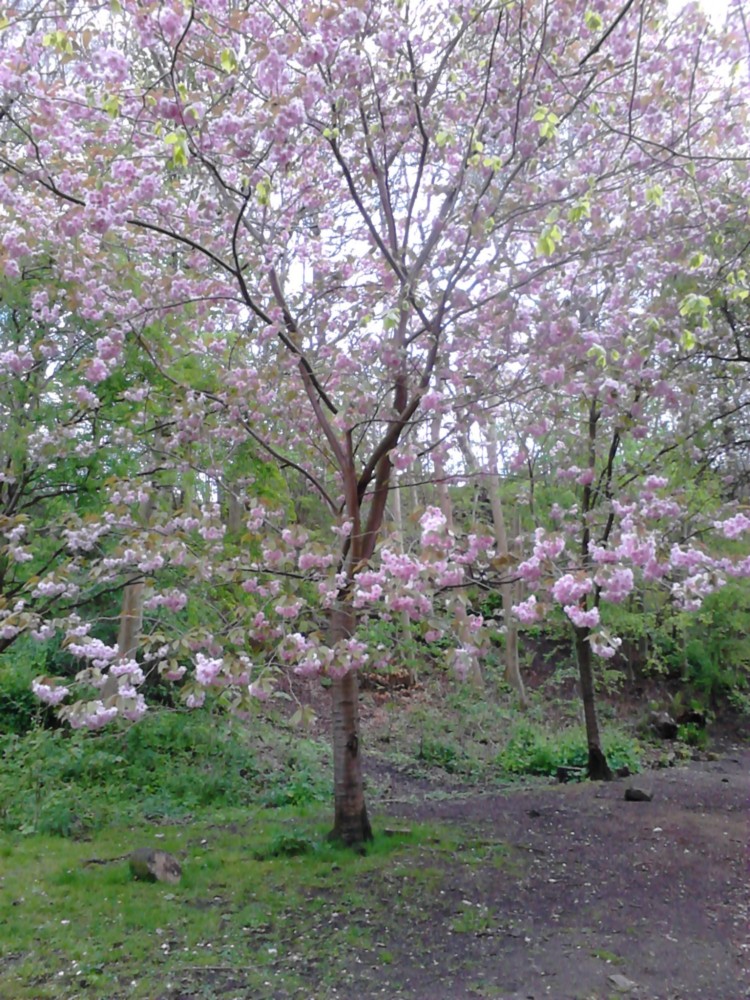
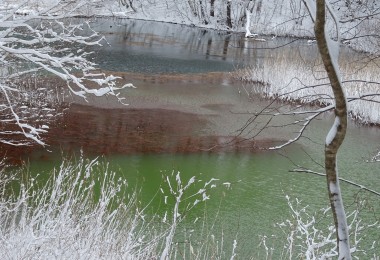

Leave a Comment